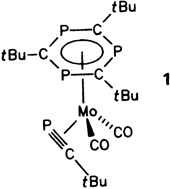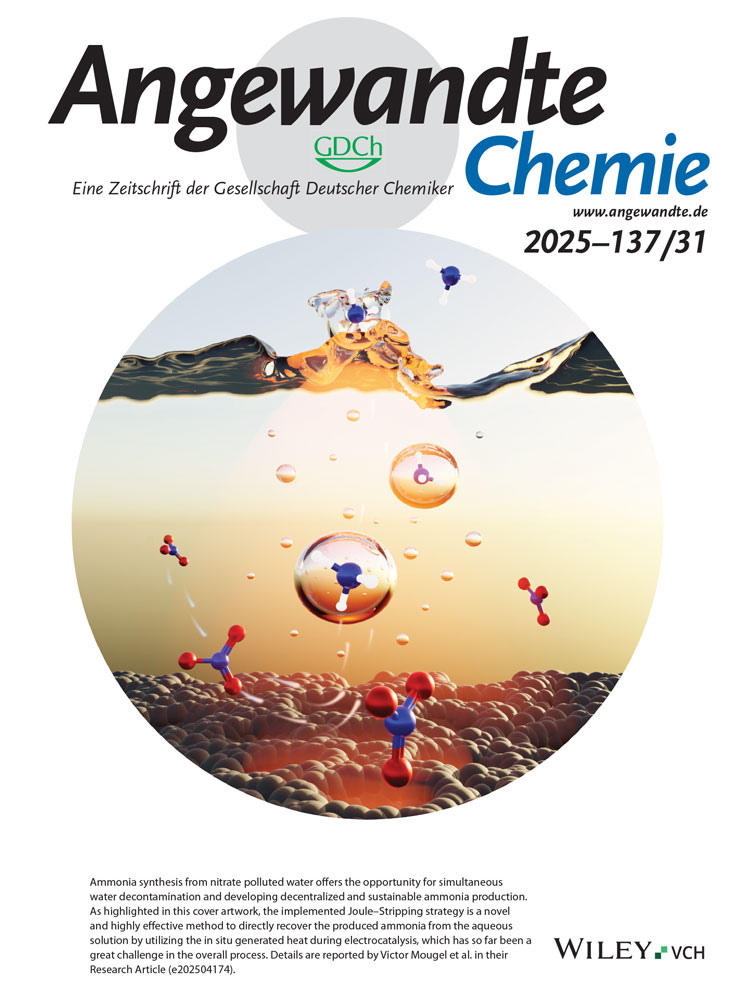Metallinduzierte Cyclotrimerisierung eines λ3-Phosphaalkins: Bildung eines Molybdän-komplexierten 1,3,5-Triphosphabenzols†
Diese Arbeit wurde von der National Science Foundation (USA) und der Robert A. Welch Foundation gefördert.
Abstract
Das hervorragende, dem von Alkinen analoge Synthesepotential der Phosphaalkine konnte mit der Titelreaktion einmal mehr demonstriert werden. Die Umsetzung von [(η6-C7H8)Mo(CO)3] mit tBuCP in THF ergibt den 1H- und 31P-NMR- sowie IR-spektroskopisch charakterisierten Komplex 1 in Form oranger Mikrokristalle. Die 31P-chemische Verschiebung des koordinierten η6-Triphosphabenzol-Liganden in 1 beträgt δ=25.2.





